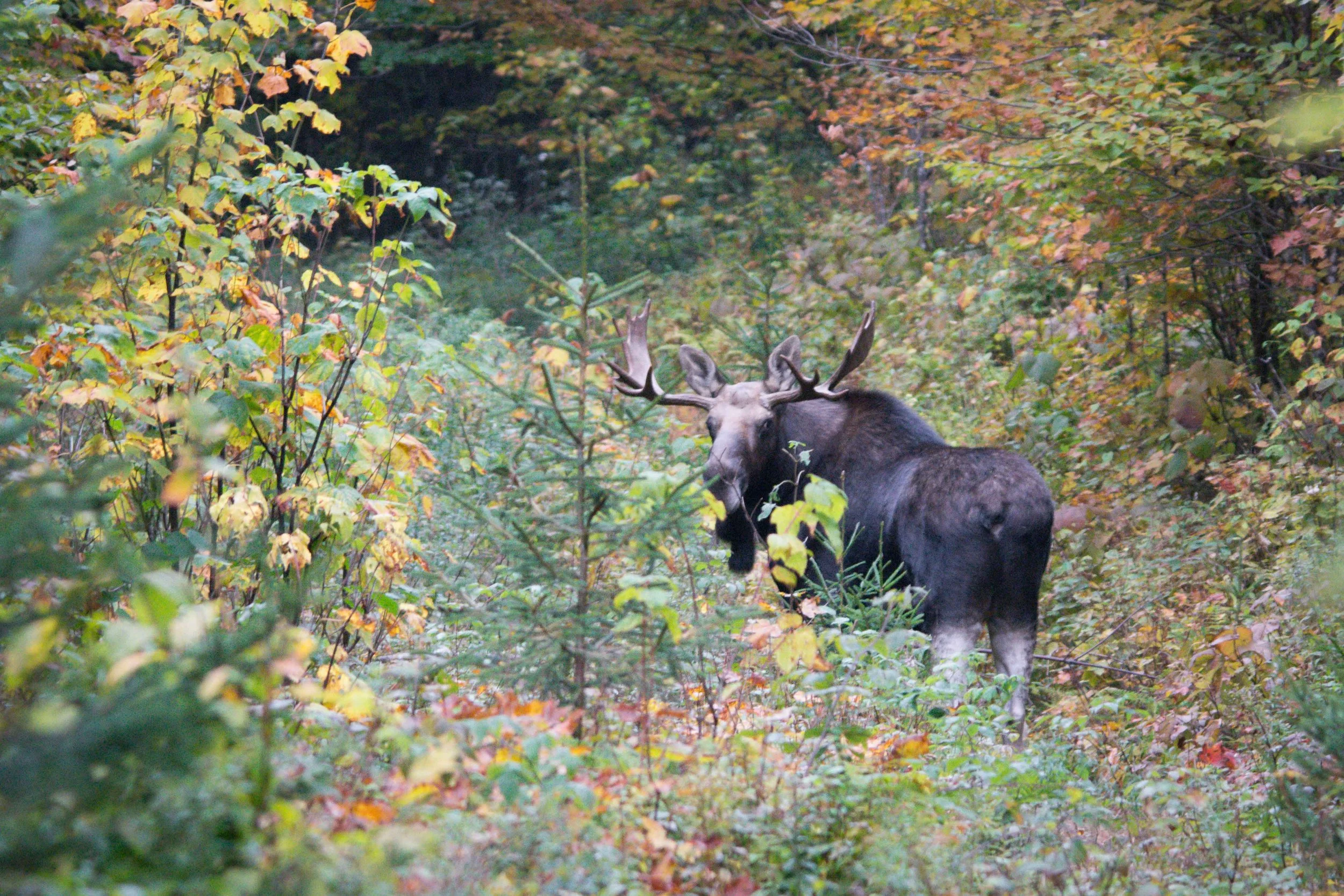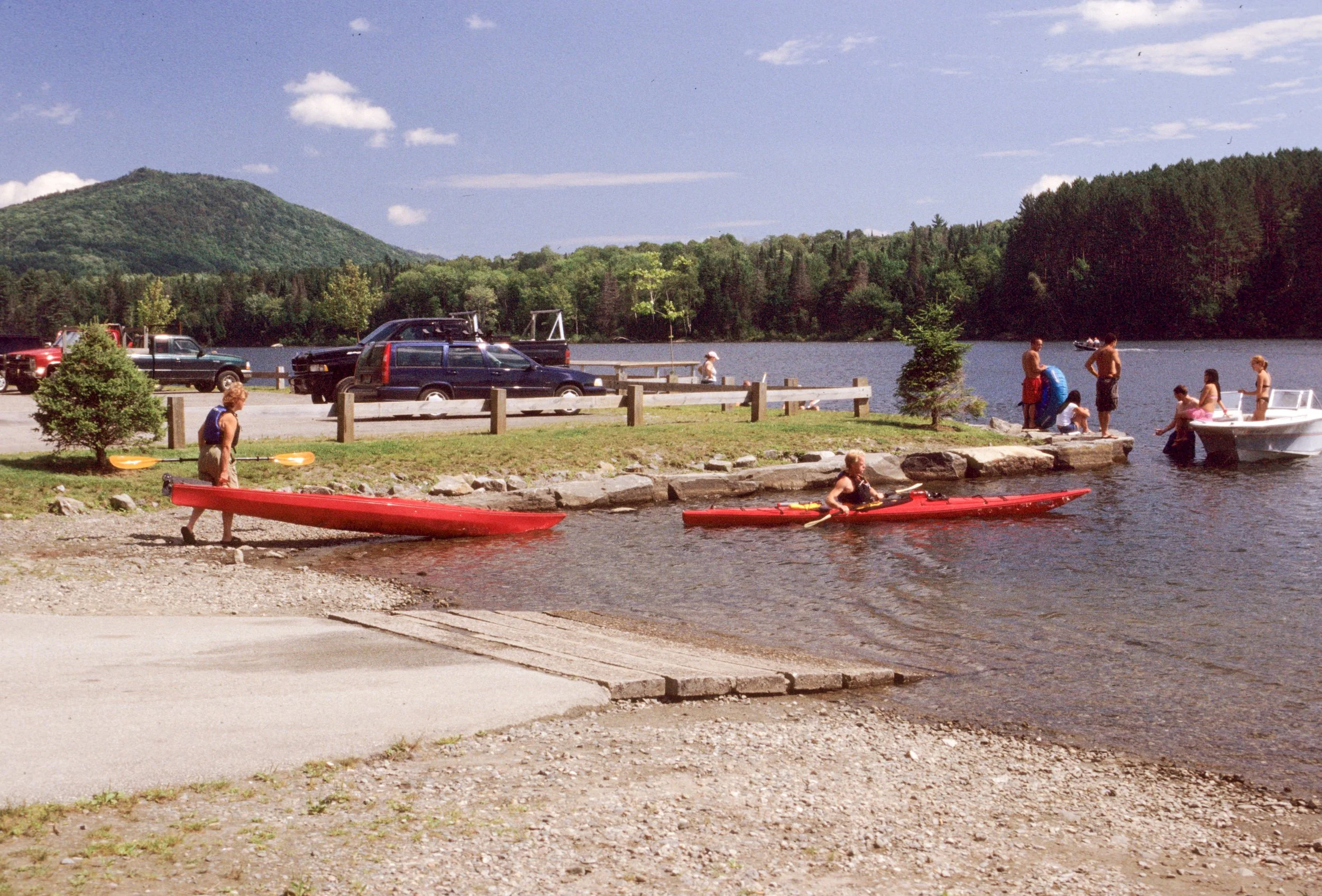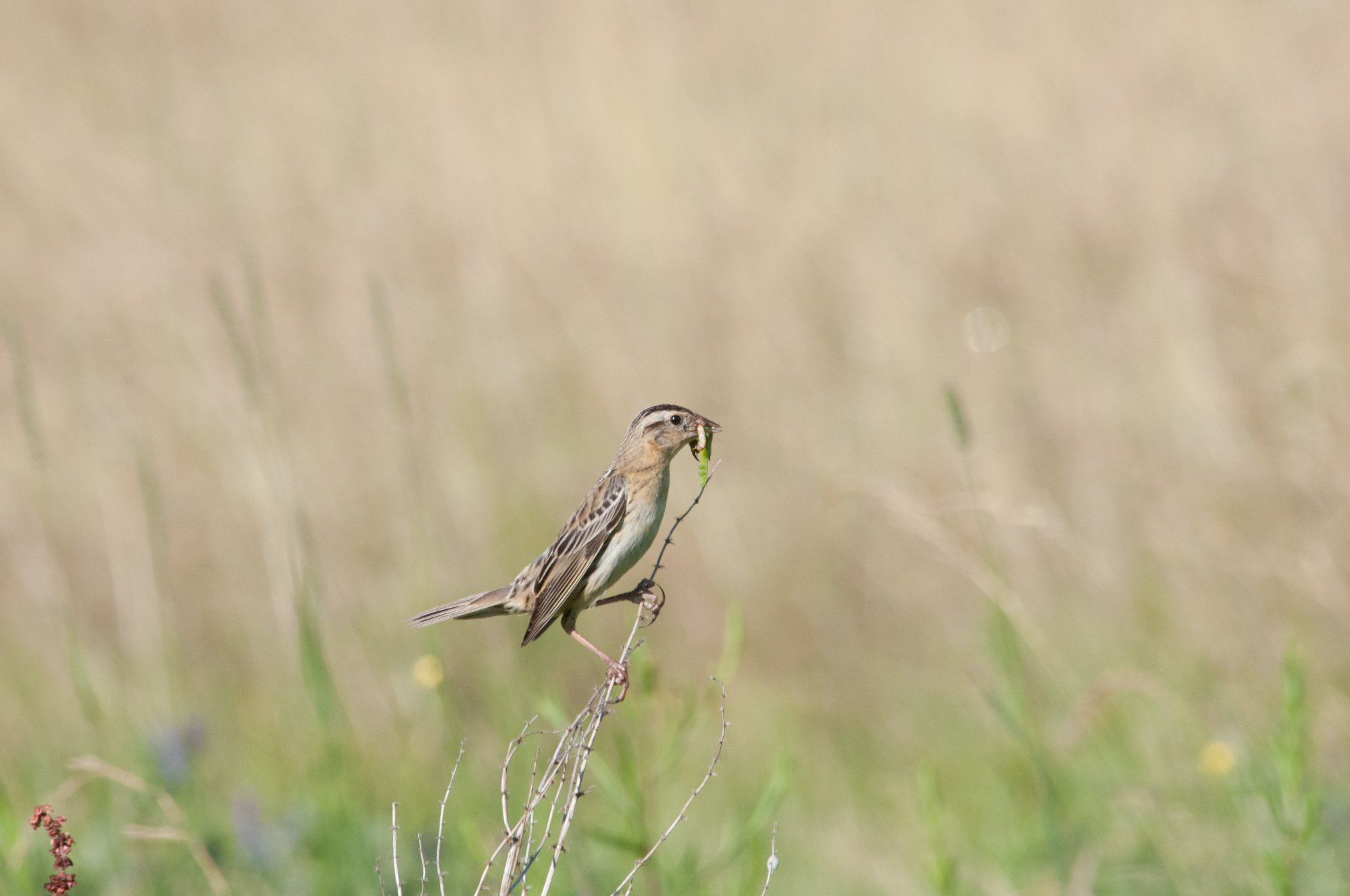News from Vermont Fish & Wildlife
June 17, 2022Editor’s note: These items are taken from recent news releases from the Vermont Department of Fish & Wildlife
Apply for moose hunt permits by June 22
Northeast Kingdom bull moose. VTF&W photo by Tom Rogers
The deadline to apply for a 2022 Vermont moose hunting permit is Wednesday, June 22.
Moose permit applications are available on the Vermont Fish and Wildlife Department’s website for the hunt limited to Vermont’s Wildlife Management Unit E in the northeastern corner of the state.
The Vermont Fish and Wildlife Board set limits of 60 either-sex moose hunting permits to be available this year for hunting in Vermont’s Wildlife Management Unit E in the northeastern corner of the state. Wildlife officials estimate that the hunt will result in the harvest of 51 to 65 moose, or 5% of the more than 1,000 moose in the region.
“Moose density in WMU E remains well above one moose per square mile, significantly higher than any other part of the state,” said Nick Fortin, Vermont Fish and Wildlife’s biologist in charge of the moose project. Dense populations of moose support high numbers of winter ticks which are harmful to moose survival, he added.
That belief was confirmed by a study conducted by state fish and wildlife biologists and University of Vermont researchers. Studying 126 moose fitted with tracking collars found that survival of adult moose remained good, but birth rates were very low and fewer than half of the calves survived their first winter.
“Reducing moose density decreases the number of available hosts which in turn decreases the number of winter ticks on the landscape,” Fortin said with regard to the hunt.
Fees for lottery applications for hunting permits are $10 for residents, $25 for non-residents. Several permiots are set aside for military veterans and other special circumstances. Lottery winners may purchase resident hunting permits for $100 and non-resident permits for $350. The permit drawing will be held July 20.
Fires, swimming not allowed at fishing accesses
Marshfield Reservoir State Fishing Access. VTF&W photo by John Hall
The Vermont Fish and Wildlife Department reminds people that open fires and swimming are prohibited at all Vermont state fishing access areas.
Fires and their remnants create unsafe areas for other anglers and boaters and remnants of fires are unhealthy for the animals and fish in the adjacent waters.
Fish and Wildlife staff clean up toxic waste left by open fires on state lands annually at considerable expense.
Swimming at fishing access areas is prohibited due to safety concerns. The primary uses of the fishing access areas are launching and retrieving motorboats and shore fishing.
The state maintains 196 developed fishing access areas on lakes and rivers throughout Vermont and swimming is not an allowed use.
“Vermont State Game Wardens will be strictly enforcing the rules at state fishing access areas this summer,” said Col. Jason Batchelder, Vermont’s Chief Game Warden. “Please help keep our lands clean and open for others to enjoy, and report violations to your local warden or use the anonymous Operation Game Thief hotline at 1-800-75ALERT. Reports of time-sensitive violations should be called in to a local state police radio dispatcher who can contact a warden.”
Access areas are maintained with funds from the sale of fishing licenses and motorboat registrations, as well as a federal excise tax on fishing equipment, fishing tackle, and gasoline for motorboats.
Wait to mow fields to protect grassland birds
Female bobolink in a meadow. VTF&W photo by John Hall
Some songbirds such as bobolinks, Savannah sparrows and Eastern meadowlarks are in decline due to the loss of appropriate grassland habitat and landowners can make a difference by delaying when they mow fields.
The Vermont Fish and Wildlife Department encourages landowners to help these species by waiting to mow, preferably until after Aug. 1, to give these birds a chance to complete their nesting season.
“People maintain fields and meadows in Vermont for a variety of reasons, from commercial hayfields and grazing pastures, to simple scenic beauty,” said state wildlife biologist Doug Morin. “Mowing is the most common way to maintain grasses, but if mowed early in the summer, grassland birds will lose their nests and chicks."
Bobolinks build nests among the grasses and wildflowers of fields and meadows. When bobolinks are present, other grassland bird species such as Savannah sparrows and grasshopper sparrows, may also be nesting among the grasses. Deer fawns, wild turkey chicks, and other animals take refuge in the grass and are also at risk by mowing too early.
Morin said landowners who mow their fields for aesthetic reasons can maintain these fields and accommodate nesting birds simply by cutting later in the summer.
Apply through Aug. 3 for muzzleloader antlerless deer hunt
White-tailed does. VTF&W photo by John Hall
Vermont’s muzzleloader season antlerless deer permit applications are now available online at Vermont Fish and Wildlife’s website and from license agents. The deadline to apply for a permit is Aug. 3.
“In recent years, the department has successfully reduced deer numbers in many parts of Vermont to bring populations into balance with their habitat,” said Nick Fortin, deer and moose project leader for the Fish and Wildlife Department. “As a result, the goal is now to maintain current deer numbers in most of the state.”
Deer populations in five wildlife management units, primarily in the Champlain Valley, remain above their respective population objectives. The goal of state wildlife management officials is to reduce deer numbers in those areas.
The Fish and Wildlife Board recently set deer permit numbers for the fall deer hunting seasons. Hunting for antlerless deer will be allowed statewide during the archery season. One deer of either sex will be allowed during the October 22-23 youth and novice weekend hunt.
The muzzleloader seasons on Oct. 27-30 and Dec. 3-11 will have antlerless permits available for 19 of Vermont’s 21 Wildlife Management Units.




